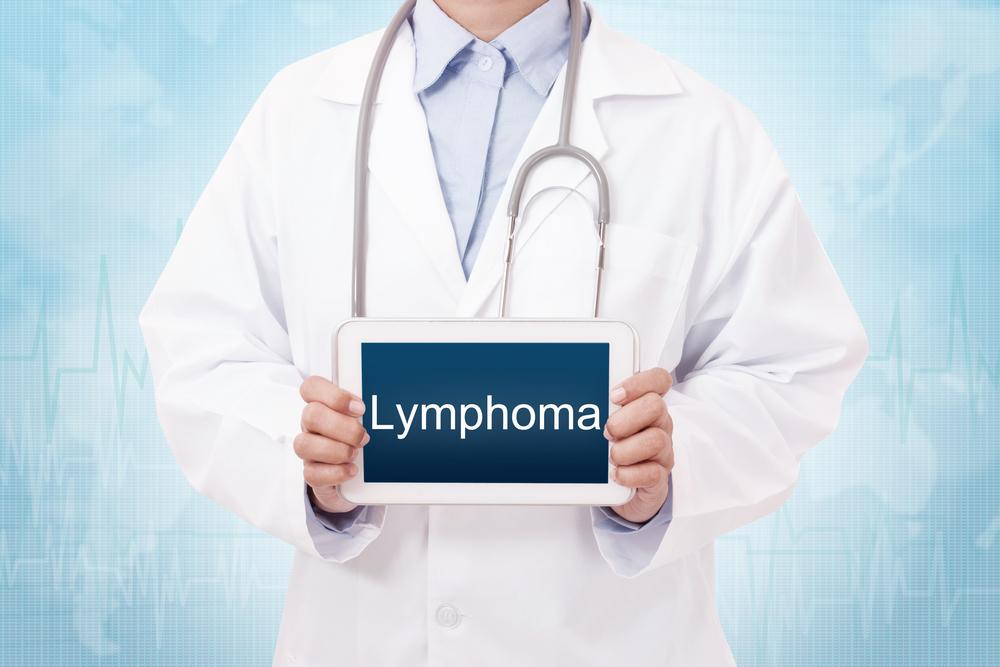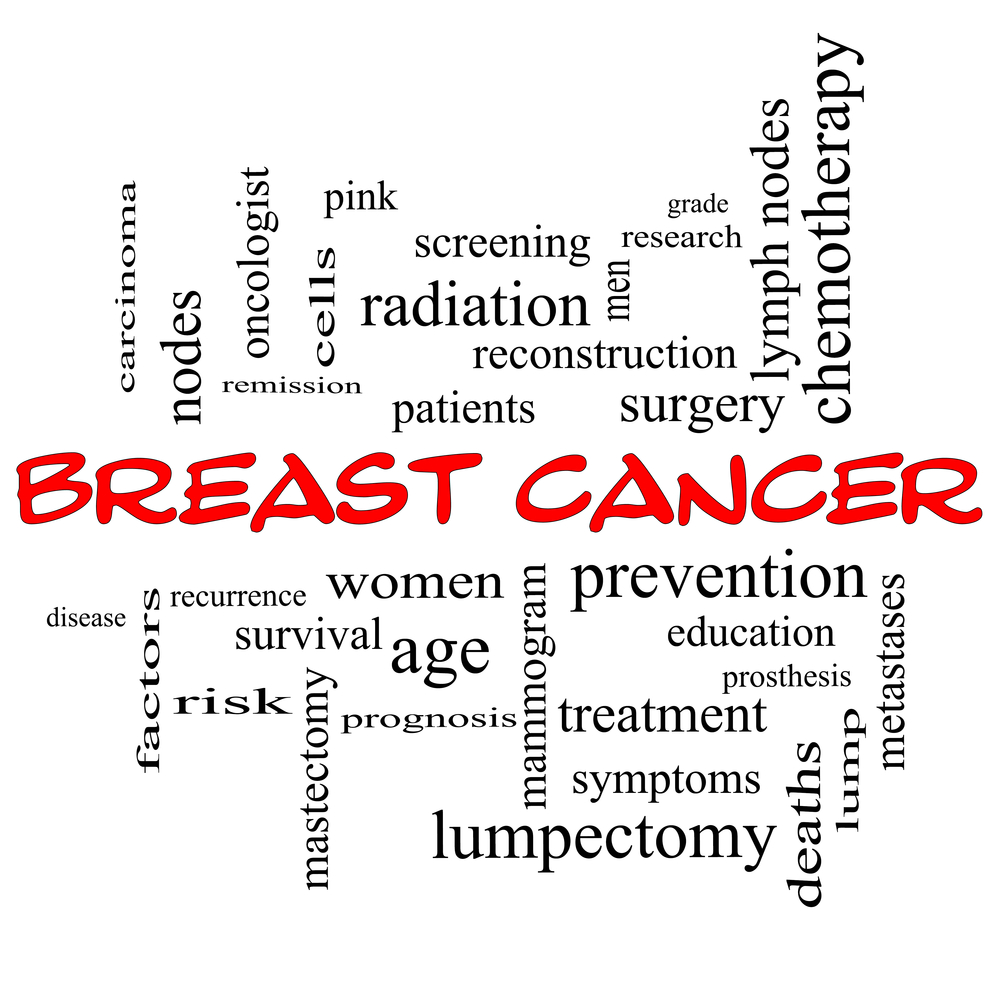Understanding the Role of Chemotherapy in Cancer Management
This article explains how chemotherapy functions as a vital part of cancer treatment. It covers drug selection, dosage, scheduling, and adjustments, emphasizing its role in fighting metastasized cancer while managing side effects through careful planning. Understanding these aspects can help patients better navigate their treatment options and work closely with healthcare professionals for effective care.

The Role of Chemotherapy in Managing Cancer
Chemotherapy is a common component of cancer treatment, but it may be surprising that it broadly refers to the use of drug therapies for various diseases. In cancer care, chemotherapy's primary goal is to eradicate malignant cells, either by curing the disease, controlling tumor growth, or providing palliative relief — especially when cancer has spread beyond its original site. When cancer metastasizes, doctors typically recommend chemotherapy alongside other treatments such as surgery, radiotherapy, or immunotherapy.
Planning a chemotherapy approach involves considering:
1. Selection of chemotherapeutic agents
Drug choice depends on various factors such as:
Type and stage of cancer
Patient’s overall health
Existing medical conditions
Age of the patient
Previous treatments received
2. Determining the appropriate dosage
Since chemotherapy drugs can cause side effects like fatigue, anemia, nausea, and more, doctors meticulously calculate dosages to balance effectiveness with safety.
3. Treatment scheduling
Chemotherapy is administered in cycles, which may span several days followed by rest periods to allow healthy tissues to recover.
Patients may undergo multiple cycles with breaks in between.
4. Modifying treatment plans
If adverse effects become severe, doctors may alter the schedule to enhance recovery and minimize discomfort. Supportive medications can also be suggested to manage side effects.










